10 States Where Employers are Struggling the Most to Hire, According to a New Study
A study compared all 50 states and Washington, D.C., based on job openings from the past month and year. Which ones are hurting the most? What are they doing to fix it? Find out the 10 states struggling the most and see if you could be the missing piece to their puzzle!
You’re probably tired of hearing (or saying) how difficult it is to find a job. It’s no secret the career market is in a strange place lately, with job-seekers feeling the pinch. But companies are having a hard time finding employees, too!
Remember the crazy job market during the pandemic? Half of American companies were scrambling to fill positions. While things have calmed down a bit, many states are still struggling to find the right people.
If you’re looking for a job, an employee shortage can actually work in your favor. Companies might offer higher wages or better benefits to attract top talent, but there’s a downside, too. Higher labor costs can trigger higher prices for goods and services.
A study compared all 50 states and Washington, D.C., based on job openings from the past month and year. Which ones are hurting the most? What are they doing to fix it? Find out the 10 states struggling the most and see if you could be the missing piece to their puzzle!
Alaska

You don’t head to rugged Alaska expecting things to be easy. Employers here face some of the toughest hiring challenges in the country, with a staggering 6.6% job openings rate recently. Over half of businesses say finding qualified workers is their biggest hurdle. It’s not that Alaskans aren’t hardworking; the economy leans heavily on fishing, mining, and oil.
But who can blame them? Not everyone dreams of braving the tundra or wielding heavy equipment. Some just want a cozy office job, and Alaska’s got fewer of those to offer.
Utah

You see it everywhere in Utah—”Now Hiring” signs plastered on businesses and shorter hours at your favorite cafes or restaurants. For every 100 job openings, there are only 44 workers available. That’s why Utah ranks second among states where employers are struggling to hire the most, with a recent job opening rate of 6.7%.
It’s not just the pandemic retirements that shook things up; rising housing costs have made it harder to live here on lower wages. Employers now face a choice: embrace automation or start offering pay and perks people can’t refuse.
West Virginia
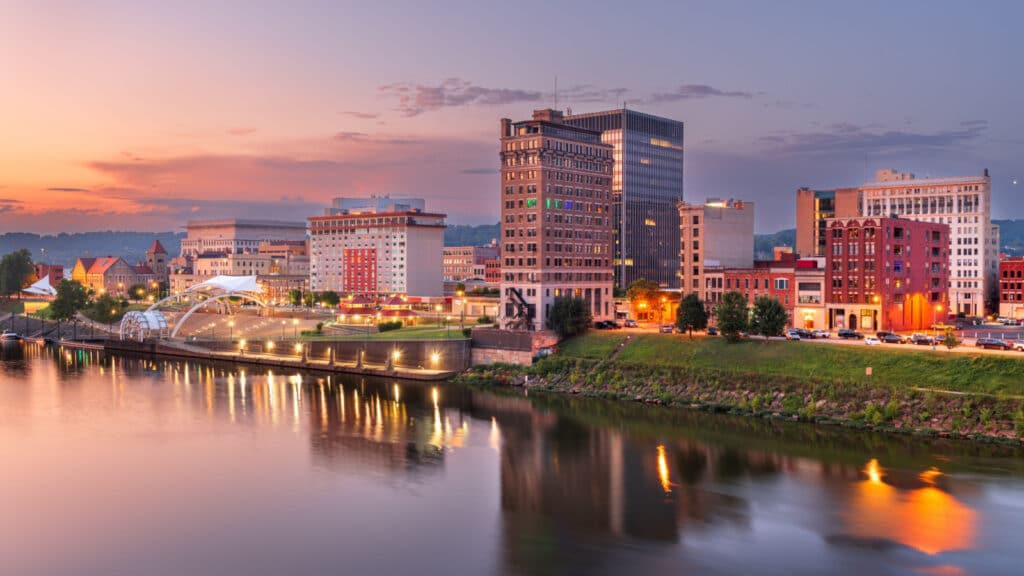
It’s hard not to notice the hiring struggles in West Virginia when so few people are in the labor force to begin with. With one of the nation’s lowest participation rates and an aging community, the demand for healthcare employees, like doctors and nurses, is climbing fast. West Virginia ranks third for hiring struggles, with a 6% job openings rate last month alone.
The problem runs deep with population decline, fewer college grads, and the collapse of key industries all playing a role. Nonprofits are stepping in, but real change will take bigger, bolder solutions.
Oklahoma
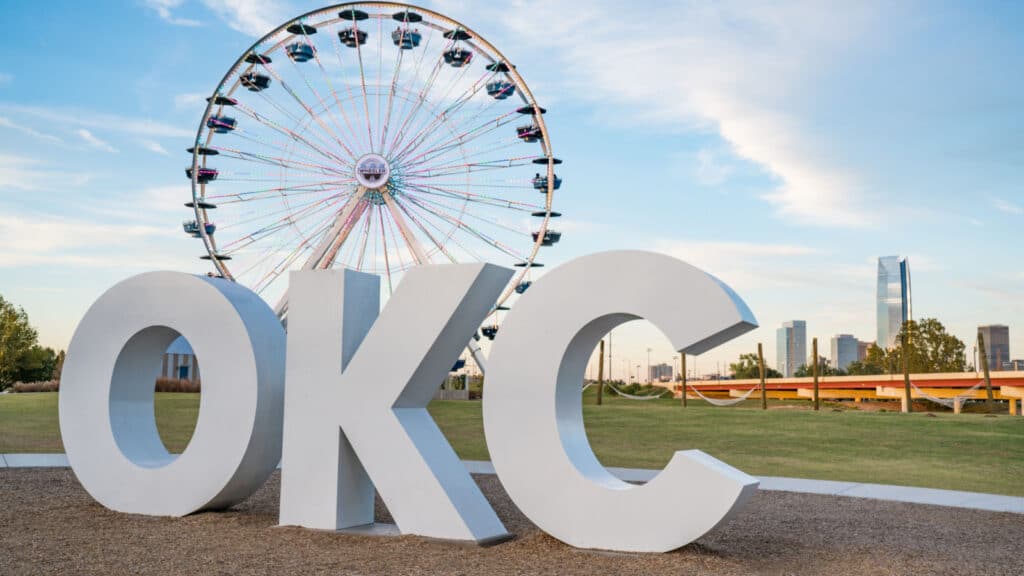
Oklahoma is also experiencing the hiring crunch, with 104,000 job openings and only about half that many unemployed workers. With a labor force participation rate of 61.8% and just 2.8% unemployment, the state ranks fourth for employer hiring struggles. This shortage hits industries across the board, from healthcare to manufacturing and retail.
Why? A declining birth rate means fewer young workers are replacing retirees, especially in sectors like construction and healthcare. Then there are pandemic shifts to consider—health concerns, childcare issues, and career changes—and it’s clear Oklahoma’s workforce challenges aren’t going away soon.
South Carolina
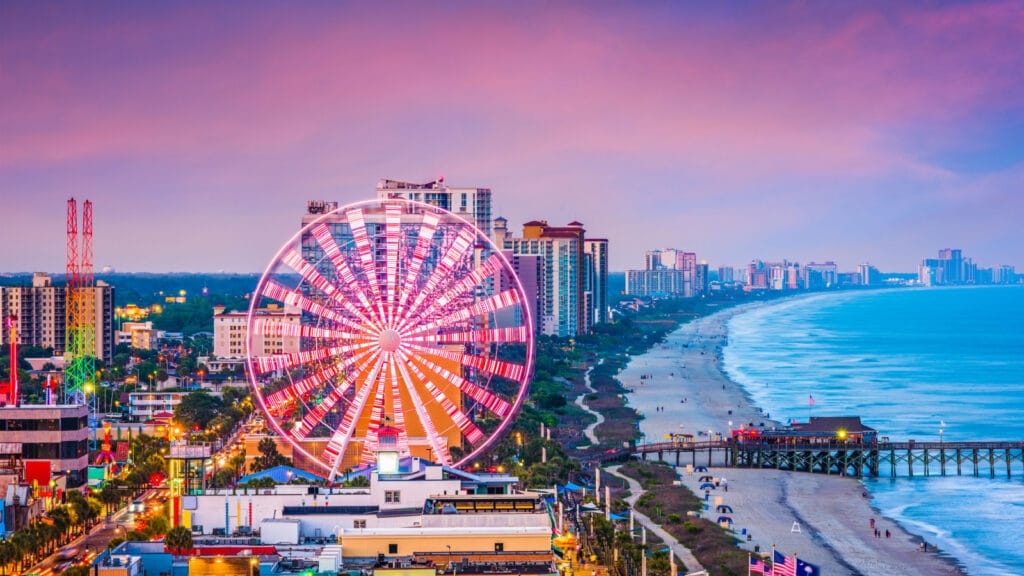
Retiring baby boomers are leaving big gaps, and employers in South Carolina are struggling to keep up. Generational shifts mean millennials and Gen Z are stepping into leadership roles, but the demand for skilled workers remains high. Even with an attractive job market, the state still ranks fifth for hiring challenges, with a 6% job openings rate last month.
The education system is working hard to keep up, but the pressure is on to prepare graduates for modern jobs. South Carolina isn’t backing down, but the labor shortage isn’t budging either.
Georgia

The Peach State has the recipe for business success—low taxes, great logistics, and plenty of room to grow. But here’s the catch: creating jobs is easy; filling them is the real challenge. With a 6.3% job openings rate last month, Georgia ranks sixth for states where employers struggle most to hire.
The issue is that nearly 40% of working-age adults aren’t in the workforce. Georgia is stepping up with a focus on vocational training and real-world skills to bridge the gap. The goal is to help more Georgians transition from school to work and thrive.
Virginia
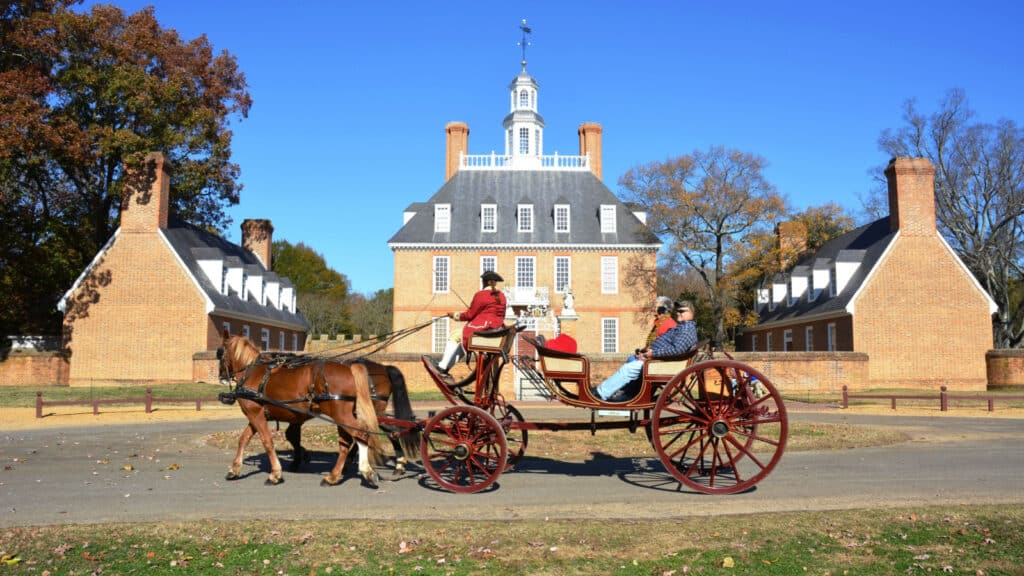
The labor shortage in Virginia is serious. Think about it: 47 workers for every 100 open jobs. With a 6.1% job openings rate last month, it ranks seventh for hiring struggles. Businesses are growing, but the workforce isn’t keeping up, leaving industries like hospitality, retail, and healthcare scrambling for employees.
The impact hits small and medium-sized businesses the hardest. These companies, the backbone of Virginia’s economy, face operational challenges and missed growth opportunities.
Kentucky
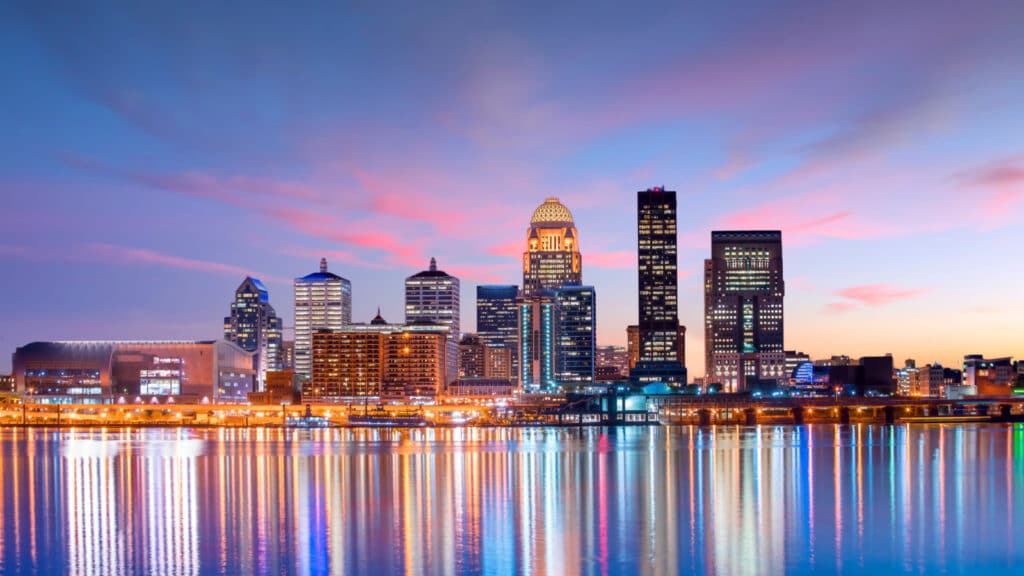
Low wages and a struggling job market make it clear why some prefer to work outside Kentucky. Ranked as having the worst job market in the country, it’s grappling with a -1.49% job growth rate. The opioid crisis has further reduced workforce participation, making it extra difficult for employers to fill positions.
No wonder Kentucky ranks eighth among states facing hiring struggles, with a 6.1% job openings rate last month. To turn things around, the state needs to invest in workforce training and highlight its low cost of living to attract talent.
Montana
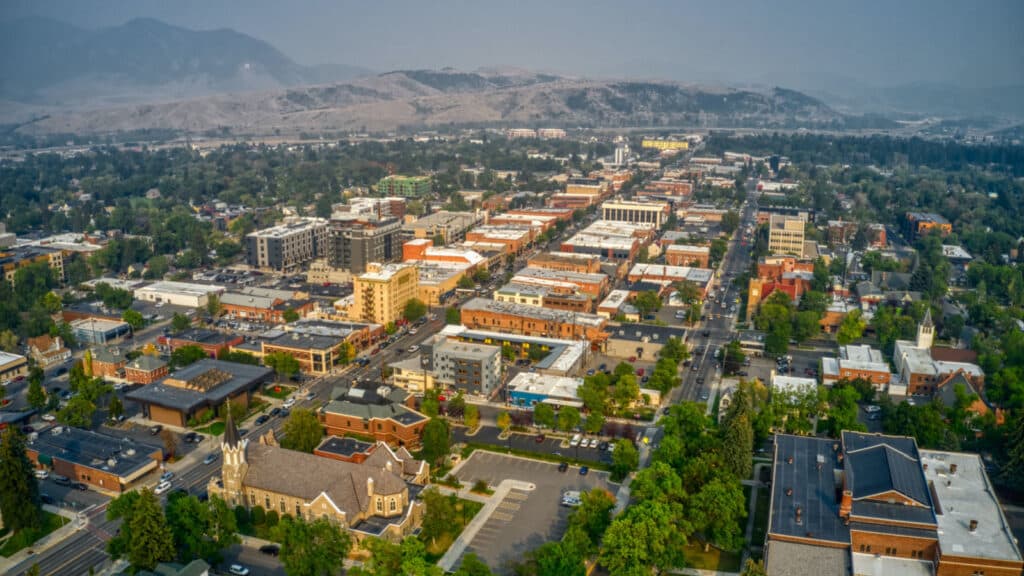
Montana is ready for business, but a critical labor shortage is slowing things down. With a 5.9% job openings rate last month, it’s ranked ninth for states struggling to hire. The pandemic-era unemployment expansion has left nearly every industry affected, making it harder for businesses to find workers.
Housing costs and a lack of childcare are major hurdles. High housing prices eat into budgets, while nearly 66,000 parents can’t work full-time due to insufficient childcare. Until these issues are addressed, Montana’s workforce shortage will only get worse.
Maryland

Maryland’s population growth has slowed, and with high taxes and the rise of remote work, it’s no wonder employers are having a hard time finding workers. Despite low unemployment rates, job vacancies are piling up, especially in blue-collar sectors, where specialized skills are in high demand.
It’s not just about finding workers—Maryland needs skilled job seekers. With a 5.8% job openings rate last month, the labor shortage is real, and the state’s tax burden is making it harder for employers to attract the right talent.
Source: WalletHub
10 of the Worst States for Jobs in the U.S., According to a New Study
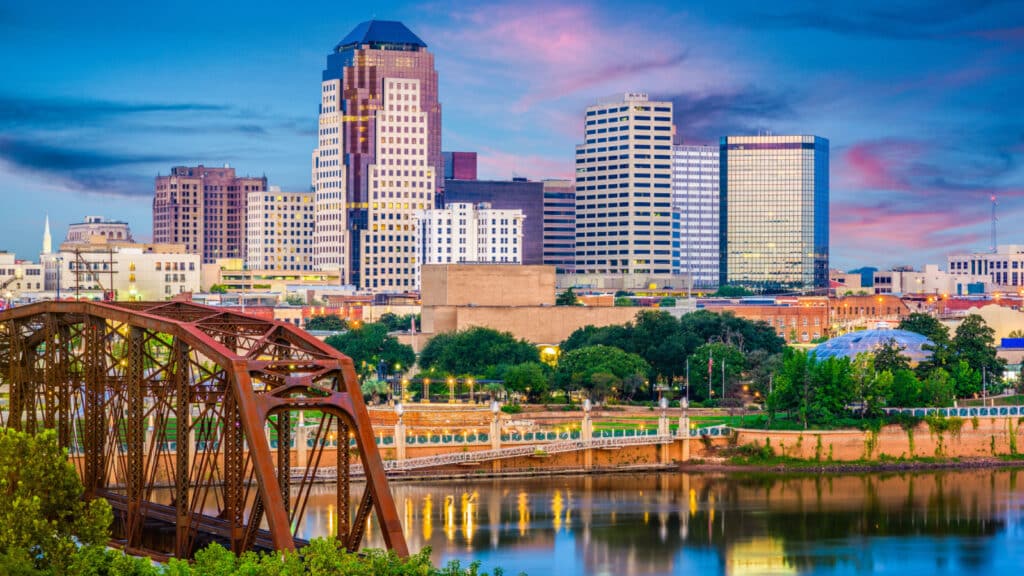
If you’re on the hunt for a job that can support a family or just looking to stash some savings for the future, some states are definitely better than others. Knowing which states are least recommended for job hunting is key.
Read more: 10 of the Worst States for Jobs in the U.S., According to a New Study
The 12 Best Jobs in the United States for 2024, According to a New Report

We all have those dream jobs we fantasize about, right? But then there are the jobs that actually check all the boxes. They pay well, challenge us year after year, play to our strengths, and give us room to grow. Plus, they allow us to enjoy a solid work-life balance.
Read more: The 12 Best Jobs in the United States for 2024, According to a New Report
10 States and Cities in the U.S. that Pay You to Move to Them
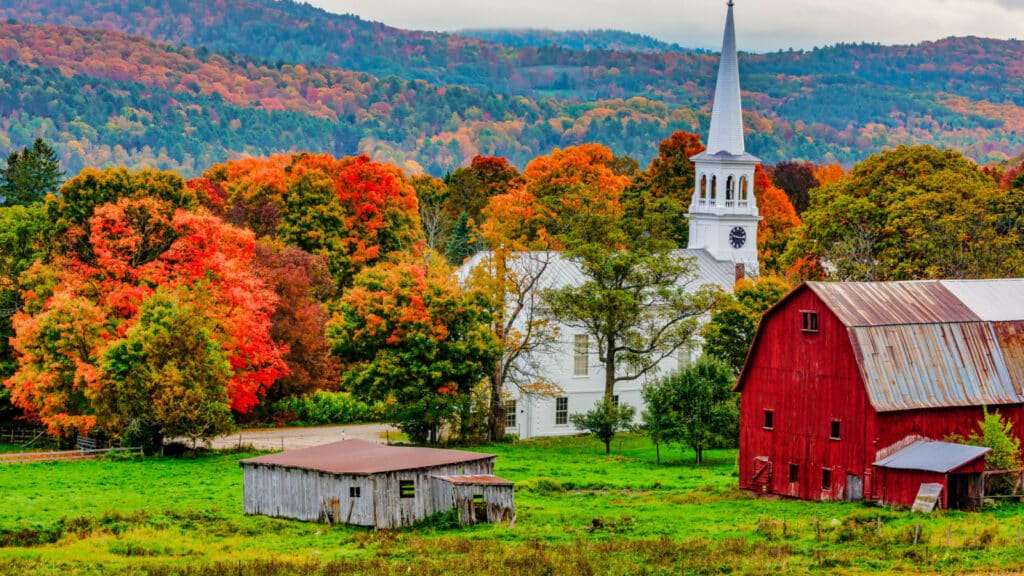
It sounds too good to be true, right? Trust me (and the study on which the list is based), it’s the real deal. Many states and cities across the U.S. are offering cash incentives, grants, and other cool perks to encourage remote workers and families to move there.
Read more: 10 States and Cities in the U.S. that Pay You to Move to Them
10 Exciting Jobs That Allow Frequent Traveling

Many people in today’s fast-paced world dream of finding jobs that provide financial stability and the freedom to travel and explore the world. On an online platform, people share professions that align with their wandering nature and allow them to explore the globe.

